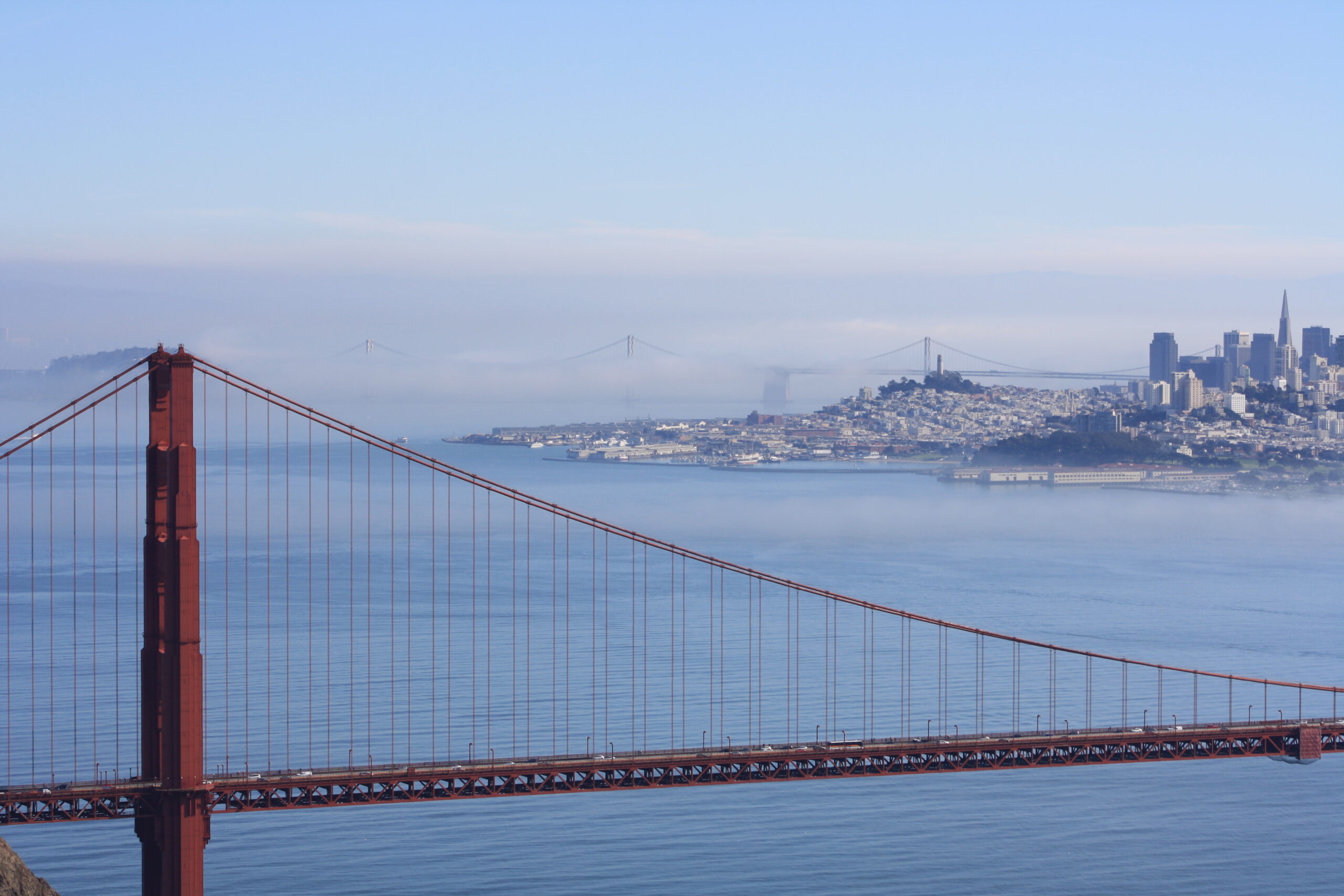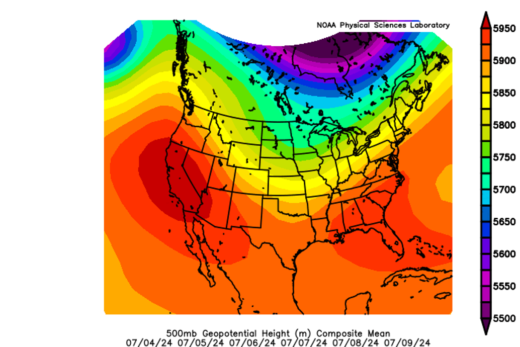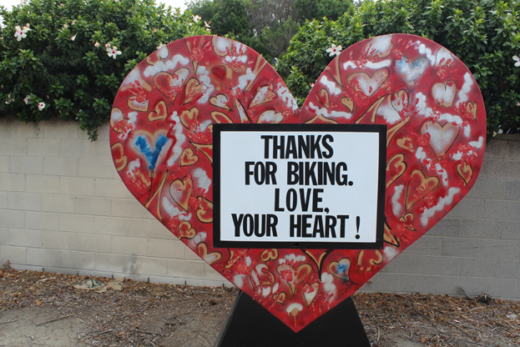At the time of this posting, fires have again erupted in Ventura and Los Angeles Counties. Happening with such regularity in the southern part of the state that, through dreaded, they have come to be expected.

But the fires that terrorized neighborhoods in Northern California two months ago were different. They happened in an area that was previously thought to be relatively safe and distant from parched wildlands prone to burning. This was the case in the calamitous firestorms that developed in October 2017 north of the Bay Area. Epic torrential winter rains had just doused a relentless, historic drought. This was immediately followed by a record hot and dry summer in northern California, leaving a mélange of overgrown grasses to mix with open and dense woodlands, a parched recipe of fuel waiting for nature’s next surprise.

Late one Sunday night, autumn’s dry offshore “Diablo” winds cascaded down Coastal Range mountain slopes with up to 70 mph gusts, stronger than locals said they had ever experienced that time of year, downing trees and live power lines that may have sparked the nightmare that followed. The gusts were heated by compression and quickly drove racing walls of flames directly through the dried woodlands and grasses and into neighborhoods in places like northern Santa Rosa and parcels scattered throughout the state’s storied Wine Country.
Entire neighborhoods and wineries were burned to the ground in firestorms so fast and violent that hundreds of terrified families were forced to run for their lives in that one night. Within one week, thousands had been forced to evacuate as more than 8,000 homes and business were destroyed, including entire stores and shopping centers. The more than 40 people killed in the destruction that totaled several billion dollars made this the most deadly wildfire in California history.

Such tragic events have long been anticipated and even experienced in communities near southern California’s mountain slopes and wildlands during Santa Ana winds (such as in San Diego County earlier in the century), but they have become ominously more frequent in these northern California communities during recent years.
In our book, we examine the natural forces and cycles and the human decisions and developments that combine to create these firestorm catastrophes. But we cannot forget the human tragedies and suffering left behind and the geographic dangers that are sometimes part of life in California’s suburbs and exurbs that might encroach into natural landscapes.
You could feel a sense of loss by reviewing some of the comments that were made on social media before and after the fire that burned the community of Coffey Park to the ground on that Sunday night. Their park was a beloved resource to this neighborhood that seemed to disappear in minutes. Here are a few excerpts from that will help us make these connections to the geography and the people living there.
Forty reviews rated their park 4.3 out of 5 before the firestorm. They included:
“Nice place for a Sunday afternoon walk”
“Small but nice neighborhood park serving the houses around it.”
“It is a nice park for people of all ages.”
“Walking distance from my house. Grandkids love the park.”
“I live in the neighborhood, and this is a great local park. 2 play structures and a large field well suited for soccer or football games. All the benches have charcoal grills, so it’s also a good place for birthdays and BBQs.”
“Best park in S.R.”
“Been at this park since my first born…we now visit every summer and still come by here and spend the whole afternoon walking/running while the kids play at the slides & swings”.
After the fire, the messages turned heartbreaking:
“Not anymore! Fire got it all destroyed!!!
“Sadly, the entire surrounding area has been destroyed in a wildfire.”
Already by October 12, 2017, the Google reviews page started with “Permanently closed”. And by November 27, one message read:
“Moving day: As we sifted together through the rubble that once was their beloved home, it started to sink in…there isn’t much left to find. The fire tornado that burned though Coffee Park was so quick and hot that almost everything the fire touched turned to ash. Moving on is not easy, but it is the only path going forward…”
UPDATES: In our publication, we reported that the deadliest (wine country) and largest (Thomas) wildfires in California history occurred in 2017. Unfortunately, we had to report that the Mendocino Complex fire, at more than 450,000 acres, set the new record as the largest, at least by September 2018. Though the Mendocino Complex was actually two fires (the Ranch and River fires) that burned through four counties, most of the acreage burned in the Ranch fire, which would have been the largest alone. The fires started in July and were finally contained by September, as California’s 2018 fire season was running ahead of the record-setting 2017 season. We had hoped another update would not be required. Unfortunately, 2020 became, by far, the worst fire season ever recorded in California history. Look ahead on this web site to California Burning to find a separate story about the weather patterns that led to this latest most horrific fire year.






